5 Tools for Mastering Remote Leadership
Effectively leading remote teams is now—and forever will be—an essential leadership competency.
March 2020 will always be remembered as the month when the coronavirus pandemic began to escalate in the United States. Professional and college sports paused, many businesses closed their doors, and organizations sent millions of workers home to work remotely. A Gartner survey showed that roughly half of all organizations had more than 80 percent of their employees working from home during the peak of the pandemic.
While the new realities of the pandemic are still unfolding, one is certain: an increase in remote work is here to stay. Nearly half of CFOs surveyed by PwC plan to make remote work a permanent option for suitable roles in their organizations. And most employees want more opportunities to work remotely. An IBM survey of 25,000 adults found that 54 percent of them would prefer to work remotely most of the time.
To be effective in this emerging remote work environment, leaders must add these five tools to their leadership belt:
Empathy
In most areas across the country, the economy will reopen gradually, meaning many workers will continue to face dynamics that made the shift to remote work incredibly challenging. Some are sharing the work-from-home environment with a family member or roommate who is also working from home. Working parents may have limited options for their kids this summer—many childcare providers, summer camp programs, and recreational activities have been cut back or are closed altogether.
Leaders must show empathy toward workers who face these challenges. Daniel Goleman, a thought leader on emotional intelligence, refers to empathy as the ability to understand the emotional makeup of others and make intelligent decisions with those emotions in mind. That compels leaders to focus on their employees’ emotional wellbeing and go beyond merely asking, “How are you?” I suggest practicing active listening and observation to read between the lines as you talk with team members about their situations and, when appropriate, invite a deeper discussion of their needs.
Mutual Expectations
Demonstrating empathy toward your employees will make you aware of the need for an individualized approach in setting expectations with them. Notice my choice of the word with rather than the word of—establishing mutual expectations requires a collaborative effort rather than issuing across-the-board mandates. The work-from-home dynamics mentioned above will vary dramatically from one employee to the next.
Work style and personality differences also affect how each team member responds to working remotely versus in a traditional setting. Some people crave the more structured environment of an office, while others welcome the flexibility and freedom of working away from it. Also, the jobs performed by your team members may differ significantly in their suitability for remote work. For some jobs, there’s little difference in how they are performed remotely. For others, there are significant barriers. Acknowledging and navigating these differences will build trust with your team members.
As you collaborate with workers to establish mutual expectations, consider these three critical factors. First, how much flexibility they have in setting work hours and whether they need to be available during certain core hours. Second, expectations about their accessibility for meetings, phone calls, emails, and other communication, internally and externally. Third, deadlines for projects or important milestones and whether they are recurring or one-time events.
Coaching Skills
Performance and productivity coaching was gaining traction as a leadership tool before the pandemic, especially among early-career workers. It is even more important now as leaders are forced to rely less on fixed performance demands and instead must collaborate with workers on mutual expectations, as discussed above. Coaching is effective in helping workers not only understand what work needs to be done but how to get it done productively—especially since staying productive can be challenging for employees not accustomed to working remotely.
Research during the height of the pandemic reveals a wide disparity in workers’ assessment of their productivity while working remotely. In a YouGov study sponsored by USA Today and LinkedIn, 54 percent of respondents indicated that working from home had a positive impact on productivity. In comparison, 25 percent said it hurt their productivity.
Through coaching, leaders can help team members identify barriers to productivity and explore ways to overcome them. One CFO coached a struggling employee to reorganize her desk at home to replicate her set-up at the office, complete with three monitors (which the company purchased for her). Another finance leader used regular check-in calls to identify and mitigate common distractions that were interfering with her team’s ability to focus well enough to complete essential tasks.
Elevated Communication
Increasing communication is essential anytime there is significant change or crisis. A shift to remote work makes this even more true. The need for more communication starts at the top, as leaders convey the organization’s vision and top priorities during the current environment. In my role as an adjunct faculty member for North Park University, I was reminded by the president throughout the spring of two crucial priorities: the health and safety of the community and the successful completion of the academic term.
The best leaders conduct regular one-on-one check-in meetings with remote team members. These check-ins may be shorter in duration, but the increased frequency helps to substitute for subtle communications that we take for granted in the office, like the informal conversations at the coffee pot, along the cubicle wall, or in the hallway provide an opportunity for quick updates, questions, and clarifications. Those in-person interactions allow leaders to read body language and nonverbal cues to gain a sense of how their team members are doing that are lost in a remote environment. Regular video check-ins are the only way to replicate that in a virtual environment.
One executive offers a special Zoom meeting room during specific dates and times for this purpose. Another schedules virtual office hours for drop-in conversations with team members. Do not be an absentee boss, even with top performers who work well on their own.
Hosting Skills
According to the YouGov survey cited above, more than half of employees feel lonely as a result of remote work, with about 20 percent saying they are lonely all or most of the time. You can combat the isolation factor by hosting virtual team gatherings. Add a social element to your team building with nonwork events like a virtual happy hour or trivia contest. When done well, these gatherings build trust and positive relationships within the team.
Put these five leadership tools to work and the result should be a healthier, more collaborative, and more productive team when you return to the new normal—whenever and wherever that may be.
This article was first published in my Leadership Matters column for the Illinois Society of CPAs Insight magazine.









